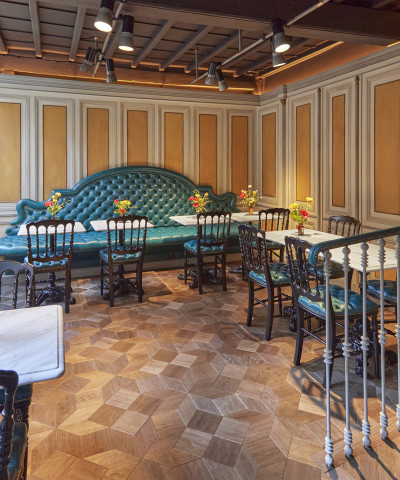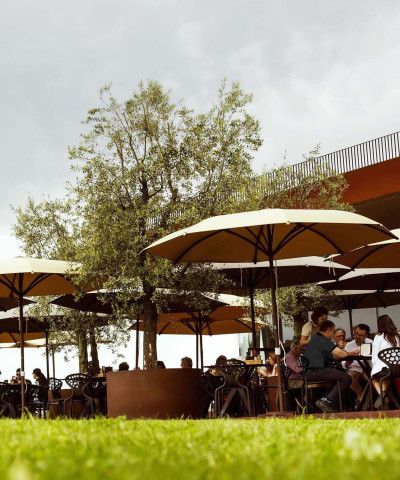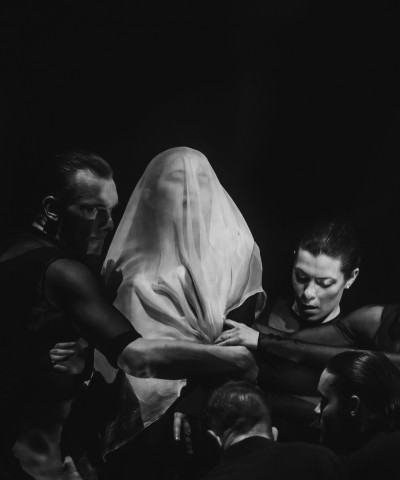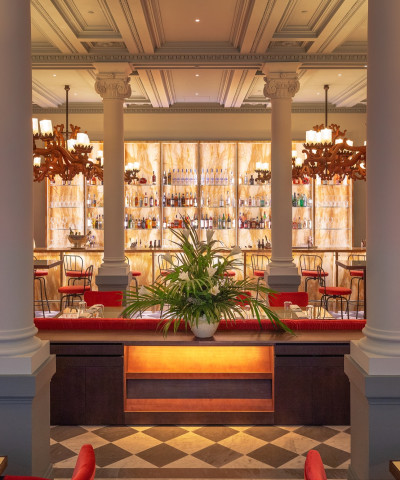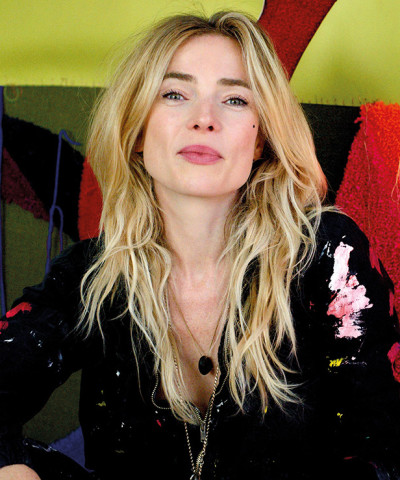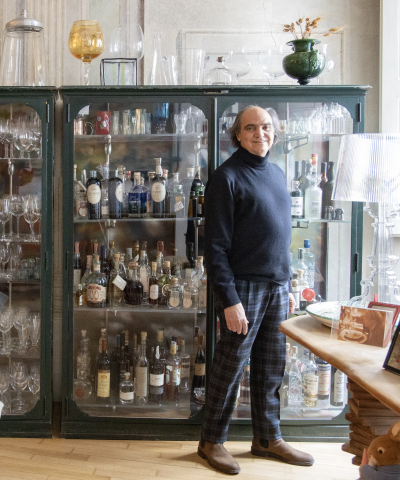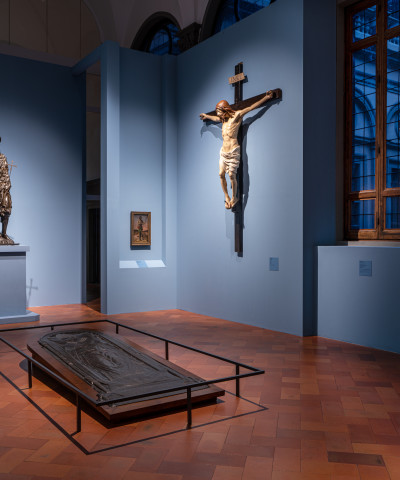Fashion and Florence
A unique liaison in its kind, which contributes to the birth of international fashion
THE MEDICIS AND FASHION
When Catherine de' Medici arrived in France, she was not well received: she was not beautiful and did not carry a substantial dowry. But she had class and brought to France her savoir vivre and a natural propensity for beauty to which the Medici court - at the time, the most refined in Europe - had accustomed her in Florence. Obstinate and demanding to a fault, with Catherine at the French Court, taste and refinement began to spread to Paris. They reached their peak during the reign of Louis XIV. They became a commercial phenomenon with the rise of the bourgeoisie. So the myth of the French's extraordinary sensitivity for elegance and fashion originated with a Florentine.
FLORENCE AND CAFRAFMANSHIP TRADITIONS
In Florence, on the other hand, that Medicean printing DNA bequeathed a unique tradition of craftsmanship and an aesthetic dictated by the skilful construction of objects and the absolute quality of raw materials. These phenomena made Florence the birthplace of Italian fashion after the Second World War.
THE BIRTH OF ITALIAN FASHION IN FLORENCE
While the tailor's shops that created made-to-measure garments opened small shop windows on the street with ready-made garments, the city was a destination for English and American tourists and travellers, and fertile ground for the birth of the first Italian buying offices, outposts of the overseas department stores. Raw materials, craftsmanship and an innate taste for beauty that came from its history, art and culture abounded here. This was perfectly understood by Giovanni Battista Giorgini, who after thirty years of experience as a buyer of Italian handicrafts in the United States, entered the control room of this agile fashion machine and revolutionised it forever.
GIOVANNI BATTISTA GIORGINI AND THE FIRST FASHION SHOW IN FLORENCE
The consecration was the first Made in Italy fashion show, which took place on 12 February 1951 at Villa Torrigiani, Giorgini's home, when the Fontana sisters, Jole Veneziani, Fabiani, Pucci, Noberasco, Carosa and Schuberth paraded before American buyers and journalists. Even Roberto Capucci made his debut, in a daring manner, with the complicity of Giorgini himself. In short, it was an absolute jubilation: for Giorgini and for Italian fashion, which surpassed French fashion with dynamism, imagination and quality.
FASHION SHOWS AT THE SALA BIANCA
From 1952 to 1982, the Sala Bianca in Palazzo Pitti became the main stage for national fashion shows and saw illustrious debuts such as that of Giorgio Armani in 1970.
CFMI
In 1954, the Centro di Firenze per la Moda Italiana (CFMI) was established in Florence, an organisation set up to promote fashion-related events.
The 1960s and their revolutions rapidly changed scenarios, and on the threshold of the 1970s, Milan and Rome reclaimed well-defined roles in the fashion industry. Since then, Florence has remained a focal point, especially for capturing the most innovative and non-conformist trends.
PITTI IMMAGINE
1972 saw the birth of Pitti Uomo, which was followed by Pitti Bimbo, Pitti Filati and Pitti Casa, and in the 1980s, Florence returned to the centre of fashion as the fundamental hub of the great trade fair experiments.
In 1982, CFMI created Centro Moda, the organisation's entrepreneurial driving force. In 1988, Centro Moda became Pitti Immagine.
Today, Pitti Immagine is a reality that organises 10 events a year that go beyond fashion and involve food and international niche perfumery, concentrated in Florence and Milan, and brings major buyers and the press from all over the world to Italy. But this is recent history.









